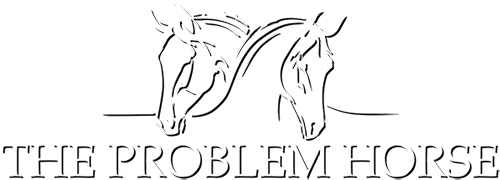Horses are remarkably placid and peaceful animals.
One of the most common problems people have with their horses is one of misbehaving. Unfortunately, horses cannot speak and the only way they can communicate that they are in pain, feeling stressed or confused, is by either not doing as we ask, or objecting with varying levels of violence.
Traditionally we have responded to their objections with more force or better trainers. In the last decade our knowledge on why horses do not cooperate has undergone a dramatic improvement.
Two simple areas to look at when wishing to resolve conflict with a horse are:
- Number one, and most important – rule out any areas of pain the horse may be suffering ie. From their spine, muscles, saddle, feet, legs or mouth. 90% of horses will become quite willing and peaceful once their pain is removed.
- The second area to consider for these remaining horses still objecting is very simple – make sure they are not confused or frightened.
The more I work with horses, the more I understand these two points to be true.
Most people who practice natural horsemanship with their horses believe they cannot be causing fear or confusion for their horse. The spectacular thing about a horse’s ability to learn is that once they are not in pain, and they understand what you are asking, they will cooperate within minutes, no matter how old they are or how many years they have been practicing the unwanted behaviour. I am always stunned at how fast they learn, as I have come from a traditional dressage background.
Of all the training systems I have examined over the years, John Chatterton’s Ten Commandments (www.johnchatterton.com.au) most rapidly and compassionately helps the horse to overcome their fears and become a placid and safe creature to work with. Those who are traditional dressage riders (myself included) could also learn a few tricks from Philippe Karl. A horse trained with both John Chatterton and Philippe Karl methods will learn correct dressage with phenomenal ease.
Horses can actually perform all our desired tasks, in all sports, with ease, grace and an astonishingly small amount of practice, if they understand what we are asking. If it is taking months to get the message through to the horse, then we are simply not making it clear enough and we are likely to be using too much force either physically or emotionally.
No matter what your problem with your horse, rearing, bolting, bucking, biting, kicking, lugging, shying, refusing to enter barriers, refusing jumps, or simply being lazy and tripping and stumbling, always ask yourself two questions – is this horse in pain, or is he confused, or both? Ask these questions before you reach for the spurs and a whip, or a more severe bit.
